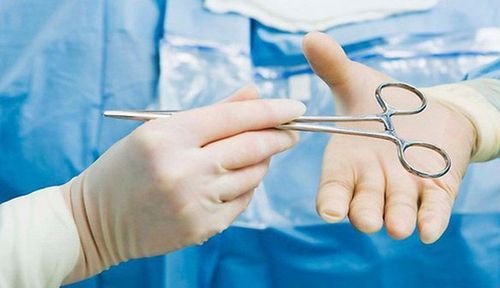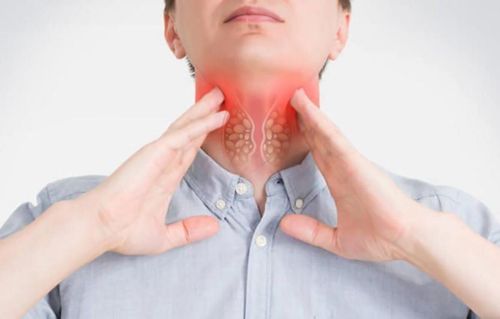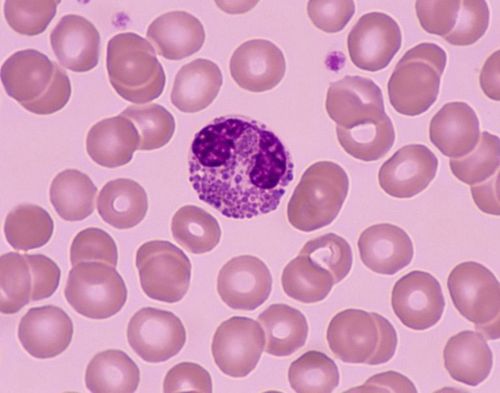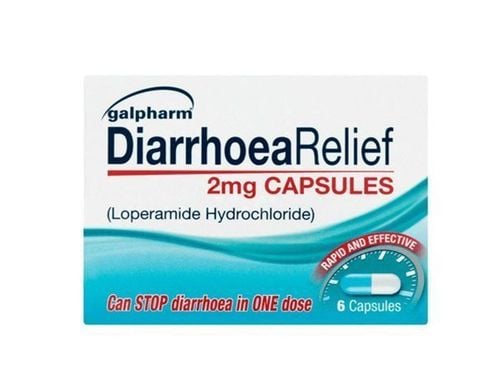This is an automatically translated article.
The article is professionally consulted by Master, Doctor Vu Huy Binh - Department of Medical Examination & Internal Medicine - Vinmec Hai Phong International General Hospital.1. Causes of esophageal perforation
The esophagus is a long, hollow, smooth muscular tube that connects the mouth to the stomach, allowing food and liquids to pass through. Esophageal Perforation is damage to all layers of the esophageal wall that open the esophagus to the outside.Causes of esophageal perforation include:
1.1 Surgical and procedural complications The most common cause of esophageal perforation is trauma to the esophagus during a medical procedure such as:
Endoscopy ; Surgical complications: Surgery in the neck, chest and upper abdomen can all cause esophageal injuries due to injuries of adjacent organs invading the esophageal wall or due to surgical instruments placed at the resting place. Long-term pressure on the esophagus causes perforation. 1.2 Esophageal perforation due to foreign object Esophageal perforation due to foreign object Esophageal perforation due to foreign body is common due to patient swallowing bone, hard sharp object,..
1.3 Other causes
Some other less common causes such as: ulcer in the neck throat due to gastroesophageal reflux disease (GERD), accidental ingestion of foreign objects, acids or chemicals, tumors in the throat, neck trauma, violent vomiting.
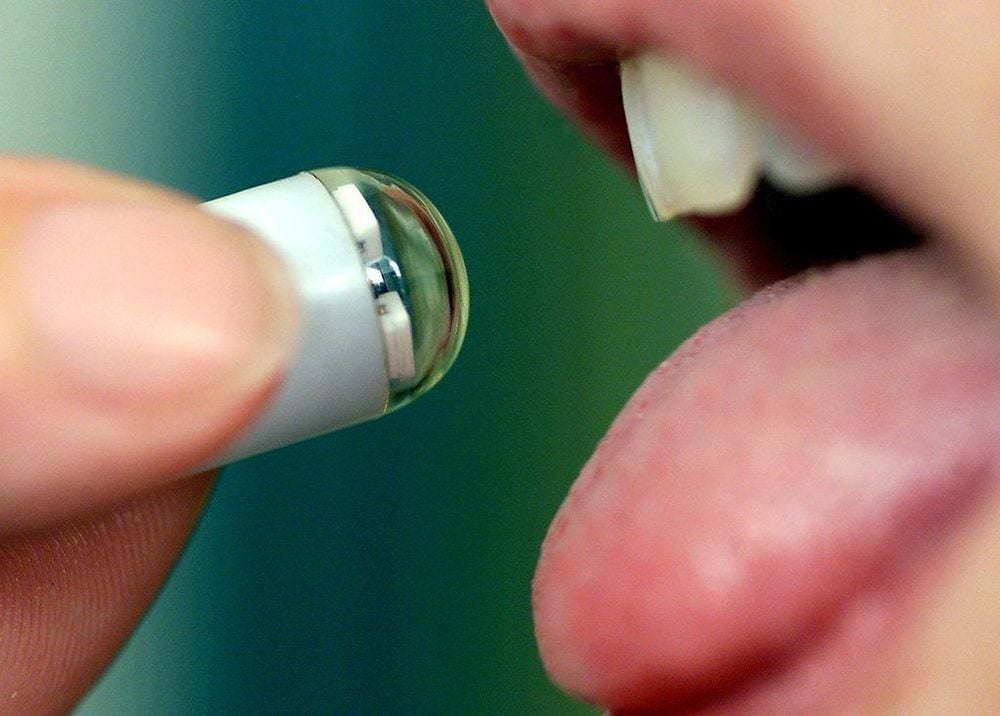
2. Symptoms of esophageal perforation
Pain is the first symptom of esophageal perforation, which is severe and constant. Patients often feel pain in the area where the perforation is located. Pain increases when swallowing, so the patient does not dare to swallow and often has to spit. The patient may also feel chest pain.Neck pain or stiffness in case the perforation is located in the neck area.
Other symptoms of this condition include: Increased heart rate, rapid breathing, low blood pressure, fever chills, vomiting, possibly vomiting blood.
3. Diagnosis of esophageal perforation
To diagnose perforation of the esophagus, the physician will rely on clinical symptoms, if the combination of 3 symptoms (pain on swallowing, dyspnea, and pneumothorax), will require a laboratory examination to confirm the diagnosis. early diagnosis and treatment.Necessary imaging tests, such as: X-ray or CT scan, to check for signs of esophageal perforation. These tests are used to look for air bubbles and abscesses (pus-filled sacs) in the chest cavity. Imaging tests can also help the doctor see if fluid has leaked out of the esophagus into the patient's lungs.

4. Treatment protocol for esophageal perforation
Treatment of perforation of the esophagus must be done as quickly as possible to prevent infection. The sooner treatment is given, the better the patient's outcome will be. Ideally, treatment should be given within 24 hours of diagnosis. If left too long, fluid leaking out of the hole in your esophagus can get stuck in the tissues between your lungs.Regardless of the cause of esophageal perforation, aggressive resuscitation is required before, during and after surgery, including:
Prophylactic and anti-shock treatment. Ensure good respiratory function by suctioning sputum, bronchial aspiration, oxygen, respiratory support if necessary, drainage of pleural effusion if present. Ensure adequate parenteral nutrition, preferably through jejunostomy. Use antibiotics to fight infections: Strong, broad-spectrum antibiotics, effective in combination with Gr (-) and Gr (+) bacteria. Use antibiotics according to the antibiogram after culture results of pleural effusion or abscess.

Most people with esophageal perforation need surgery, especially if the perforation is in the chest or abdomen. During surgery, your doctor will remove scar tissue from the area around the perforation and then stitch the hole closed. With very large perforations may require removal of part of the esophagus. After resection, the rest of the esophagus is reconnected to the stomach.
Please dial HOTLINE for more information or register for an appointment HERE. Download MyVinmec app to make appointments faster and to manage your bookings easily.






